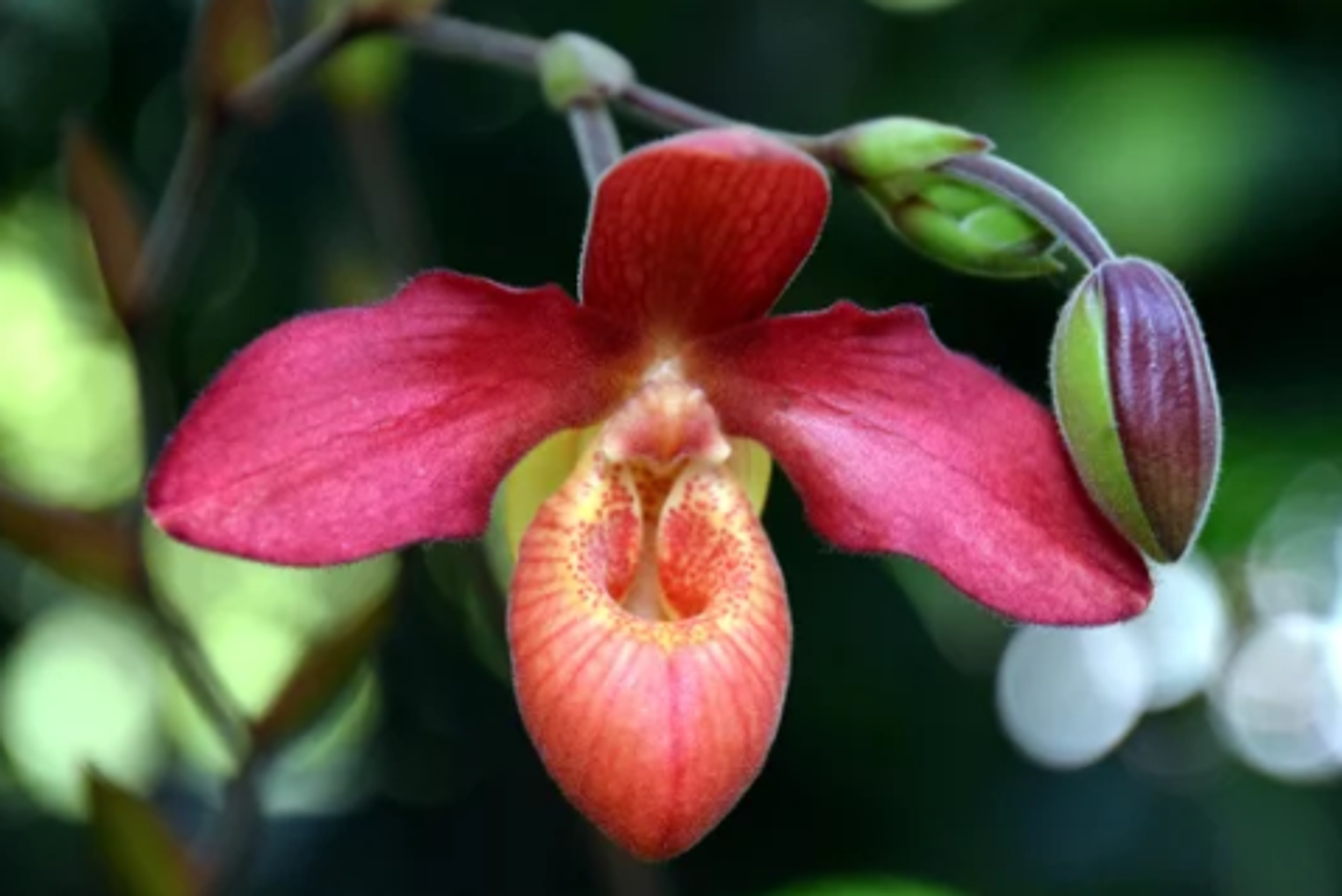How to Get Orchids to Rebloom in Four Steps
Apr 19, 2021
Moth Orchid Care and Flowering
The spare, elegant stems of moth orchids (Phalaenopsis hybrids) look impressive on a tabletop until the long-blooming flowers fade. Then it's rejuvenation time. Some gardeners may shrink at the thought of tending an orchid to rebloom, even easy ones like Phalaenopsis. If you fall into this category, then take heart. With a little extra care your orchid will rebloom anew—sometimes within a matter of months.
Moth Orchid Origins

The needs of orchids stem back to how they grow in the wild. Native to the tropical rainforests of Southeast Asia and Australia, Phalaenopsis are tree-dwelling orchids that naturally establish their fleshy, clinging roots into the bark of trees, so they grow best in a porous bark medium. Regular rains keep the air and roots moist and indirect light and warmth keeps them growing optimally. There are hundreds of species and hybrids, and almost all greenhouse varieties grow similarly.
Getting Moth Orchids to Rebloom in Four Steps

Once a Phalaenopsis has completely stopped flowering, move it to a location where you can give it the best care. The plant will need a rest of a few months before flowering again. Here are the steps that will encourage it to rebloom.
- Cut the old flower stem back
Once all of the flower buds have bloomed and died, cut the old flower stem all the way back to the base of the plant. This will help reserve energy for the next blooming cycle. - Wait for a new leaf to develop
Give your plants excellent care and keep temperatures warm to encourage the development of new foliage. Once your Phalaenopsis has put forth one new leaf it will have enough energy to bloom again. - Lower the temperature to induce flowering
Move your orchid to a spot where days and nights are consistently cooler. Temperatures must be above 63 degrees F but no higher than 77 degrees F during the day. Provide good care and wait for a flower spike to appear. It may take one month or more. - Encourage the Spike to Bloom
Give your orchid the best care possible to nurture its flower spike into full flower then enjoy the show.
Once you get to know your moth orchid and experience a few blooming cycles, you will intuitively know when it’s time to nurture it into bloom.
General Moth Orchid Care
Provide bright to medium filtered light—never direct sunshine. Healthy plants have taut, fleshy, olive commgreen leaves. If the leaves develop a red tint, then the light is too bright. Move them to a shadier spot.
Small Phalaenopsis should be watered every 7-10 days, and larger specimens should be watered every 10-14 days. Orchids must be watered and misted with distilled or spring water; tap water is too rich in salts and other minerals for most orchids. Our plants are sold in two pots: a plastic inner pot with drainage holes and a decorative ceramic outer pot. At watering time, gently lift the inner plastic pot and set the plant in a bowl. Drench the roots within the bowl until the bark is fully moistened, and then return it to the pot. Dry off any large water drops from the leaves to avoid spotting. Between watering, mist your Phalaenopsis several times a week with a flower mister.
Use a balanced fertilizer formulated for orchids to regularly feed your orchids. Each fertilizer formulation will be a little different, so follow the product instructions to determine amount and frequency. Repot moth orchids in fresh bark every three years or when the roots become too crowded for the pot.
Phalaenopsis need warmth and decreased temperatures impact flowering. Warm temperatures between 80 and 95 degrees F encourage leaf development and discourage flowering, while cooler temperatures encourage flower spiking. Seasoned growers lower growing temperatures to 75-77 degrees F during the day and 65-68 F at night to get plants to develop flower spikes.





